Discover 7 hidden attractions, cool sights, and unusual things to do in Isle La Motte (United States). Don't miss out on these must-see attractions: Fort Sainte Anne, Isle La Motte Light, and Chazy Fossil Reef. Also, be sure to include South Stone School House in your itinerary.
Below, you can find the list of the most amazing places you should visit in Isle La Motte (Vermont).
Table of Contents
Fort Sainte Anne

In 1666, the French built a fort, on Isle La Motte, to protect Canada from the Iroquois. The fort was dedicated to Saint Anne. Fort Sainte Anne was the most vulnerable to attacks by the Iroquois, because it was the last of five forts stretching along the Richelieu River going south. The other four were Fort Richelieu, Fort Chambly, Fort Sainte Thérèse and Fort Saint-Jean. Alexandre de Prouville de Tracy had the forts built by four companies of the Carignan-Salières Regiment. The first three forts were built in 1665, and the other two in 1666. By the end of 1665, three of the five Iroquois Nations made peace in Quebec City. The Canadien Governor, Daniel de Courcelle, sent Tracy in the Fall of 1666 with 1,200 men, along with Hurons and Algonquins to attack the two Iroquois Nations resisting, the Mohawks and the Oneidas. The Mohawks ran away into the forest, and the following year, peace was made with the two Nations. The peace continued for seventeen years.[1]
Isle La Motte Light
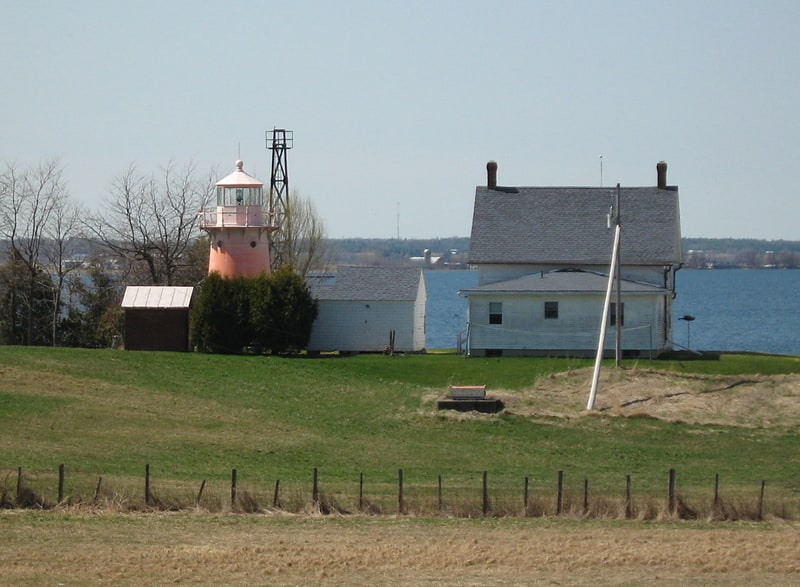
The Isle La Motte Light in Vermont is an iron lighthouse at the northern end of Isle La Motte in Lake Champlain. It is one of several lights on the lake which were reactivated in their original structures early in the 21st century.[2]
Chazy Fossil Reef
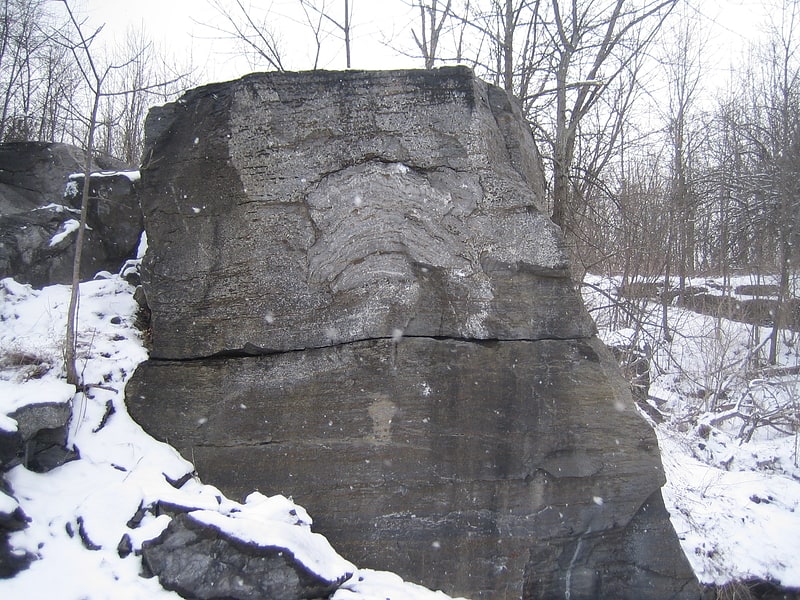
Chazy Fossil Reef is a United States National Natural Landmark spanning three Lake Champlain islands in Clinton County, New York and Grand Isle County, Vermont. The site is recognized as the oldest known diverse fossil reef in the world, and contains fossils that demonstrate faunal succession. The 1,567-acre site was dedicated as a National Natural Landmark in May 2009.[3]
Address: Quarry Road, 05463 Isle la Motte
South Stone School House
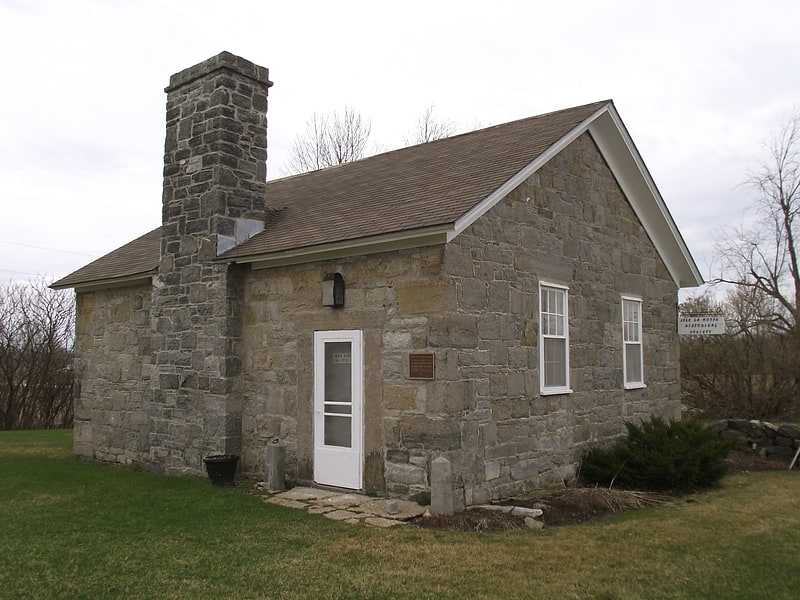
The South Stone School House is a historic school building at Main Street and Quarry Road in Isle La Motte, Vermont. Built in 1843, it served the town as a district school until 1932, and has served as home to its historical society since then. It was probably built by James Ritchie, a noted local Scottish immigrant mason, and was listed on the National Register of Historic Places in 1997.[4]
Methodist Episcopal Church of Isle La Motte
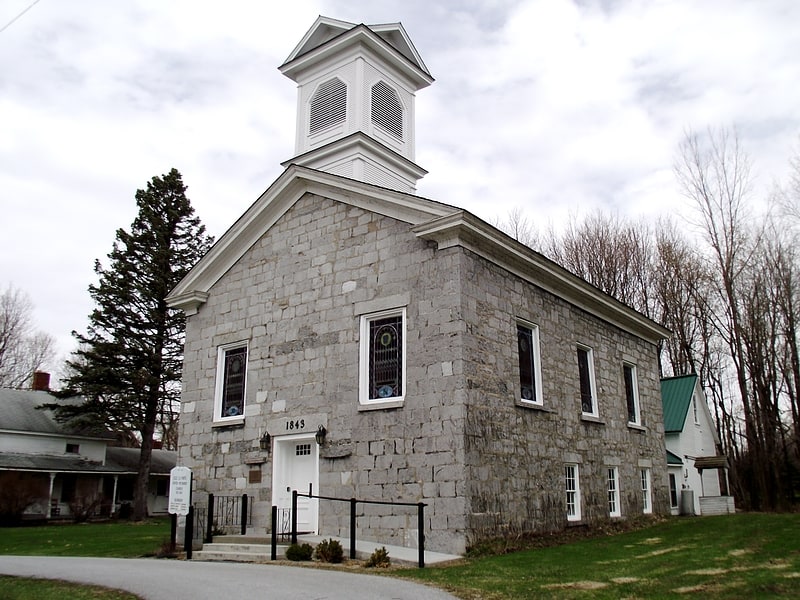
The United Methodist Church of Isle La Motte, also previously known as the Methodist Episcopal Church of Isle La Motte and known locally as the Old Stone Church, is a historic church in Isle La Motte, Vermont. Built in 1843 by a prominent local Scottish stonemason, its basement was used until 1892 for town meetings and a school, while the upstairs was used for religious services. It was listed on the National Register of Historic Places in 2001.[5]
Ira Hill House
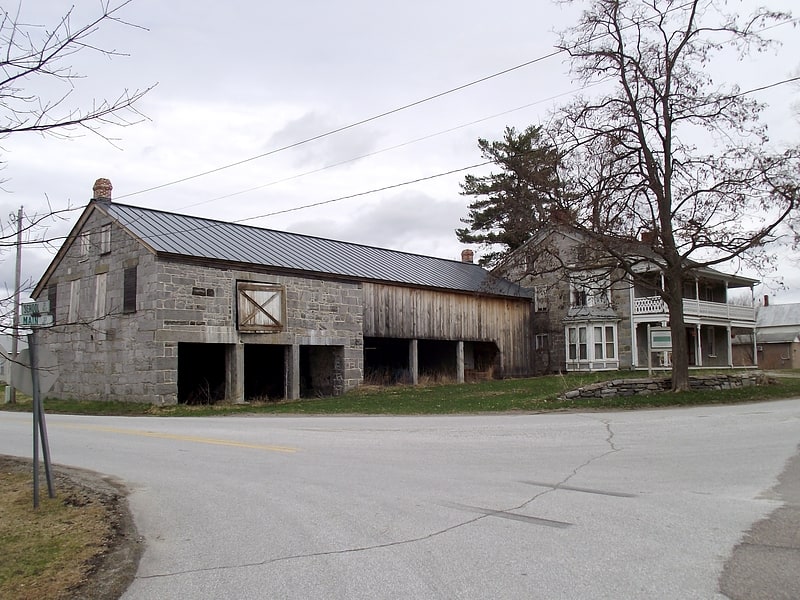
The Ira Hill House is a historic house at 2304 Main Streets in Isle La Motte, Vermont. Built in 1822 for a prominent local citizen by James Ritchie, a regionally acclaimed stonemason, it is one of the rural community's finer stone houses of the period. It was listed on the National Register of Historic Places in 2003.[6]
Fisk Farm
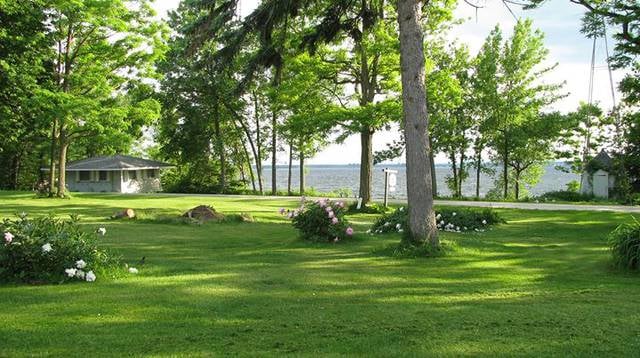
Art gallery, Museum
Address: 3849 W Shore Rd, 05463 Isle la Motte